Step into the spiritual heart of Madhya Pradesh at the Bhojeshwar Temple, where devotion takes centre stage with its awe-inspiring 7.5-foot Shiva Linga.
This towering marvel is not just a sight to behold—it’s an experience that fills you with wonder and reverence!
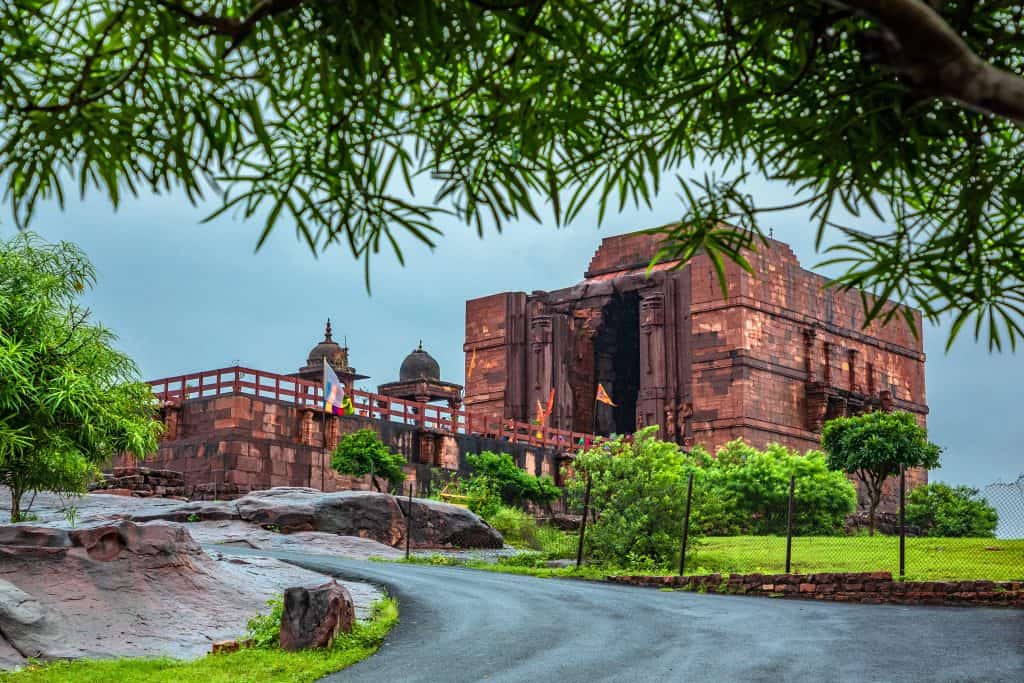
Madhya Pradesh is rich in ancient temples
Madhya Pradesh is rich in ancient temples that reflect its diverse cultural heritage and architectural brilliance. Among the most notable sites are the temples of Khajuraho, which are famous for their exquisite carvings and intricate sculptures depicting various aspects of life, including love and spirituality. This UNESCO World Heritage Site features around 25 temples built between the 9th and 11th centuries, showcasing the artistic achievements of the Chandela dynasty.
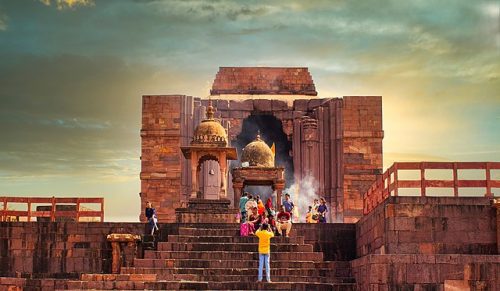
In addition to Khajuraho, the Udayagiri Caves near Vidisha are significant for their rock-cut temples and sculptures, many of which date back to the 4th and 5th centuries. These caves contain some of the earliest representations of Hindu deities, making them an important site for both history and religion.
The Sun Temple at Bundelkhand, dedicated to the sun god, is another striking example, featuring stunning architecture and beautiful relief work. Meanwhile, the Sanchi Stupa, a UNESCO World Heritage Site, is famous for its well-preserved stupas and is an important pilgrimage site for Buddhists.
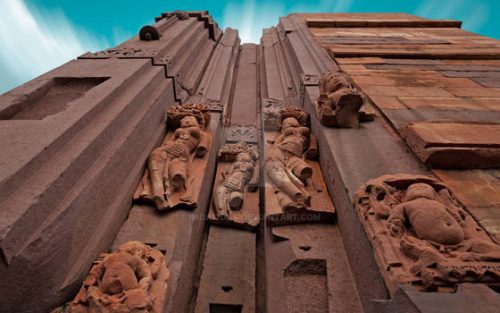
These temples not only serve as places of worship but also as cultural landmarks that attract tourists and scholars from around the world. Each temple tells a story of the region’s history, artistry, and spiritual significance, making Madhya Pradesh a key destination for those interested in India’s rich religious and architectural heritage.
The Bhojeshwar Temple
Madhya Pradesh is a State of Archaeological and Geological marvels that aptly offers a treasure trove for history enthusiasts. Bhojpur, located 28 kilometres from Bhopal on the Betwa River, is the setting for the renowned 10th-century Bhojeswar temple dedicated to Lord Shiva. Built by the famous Paramar King Raja Bhoj, the temple houses one of India’s largest lingas measuring 5.5 meters tall and 2.3 meters in circumference. The Shiva temple of Bhojeshwar Mahadev located in the picturesque town of Bhojpur is one of the most important heritage sites in the area.
The Bhojeshwar Shiva Temple just 29 km from Bhopal has been recently included in the tentative list of UNESCO World Heritage Sites. This recognition highlights its architectural significance and cultural heritage, making it a focal point for history enthusiasts and travellers alike.
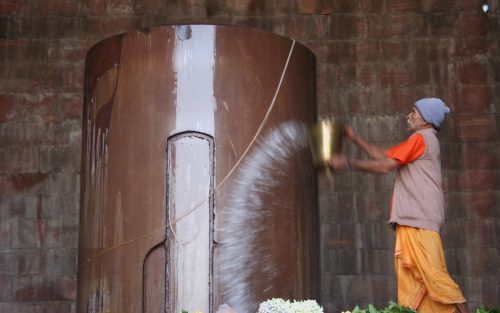
The evidence of how the Bhojeshwar Temple was planned and built makes it fascinating. The carvings on the nearby rocks show the original plans for the temple’s construction. The large stones used to build the higher parts of the temple are still there, and you can see the ramp they were probably pulled up on.
Ashapuri is another neighbouring archaeological site that is well worth a visit. Constructed throughout the 9th and 11th centuries, this temple complex comprises 24 temple bases and thousands of architectural components dispersed over the hills.
The Bhojeshwar Mahadev temple is notable for its unique architectural features. Unlike the traditional curved Shikhara, it has a rectangular roof. Additionally, no Mandapa is connected to the Garbhagriha. The entrance wall is decorated with intricate carvings of bells and pillars, giving it a stunning appearance.
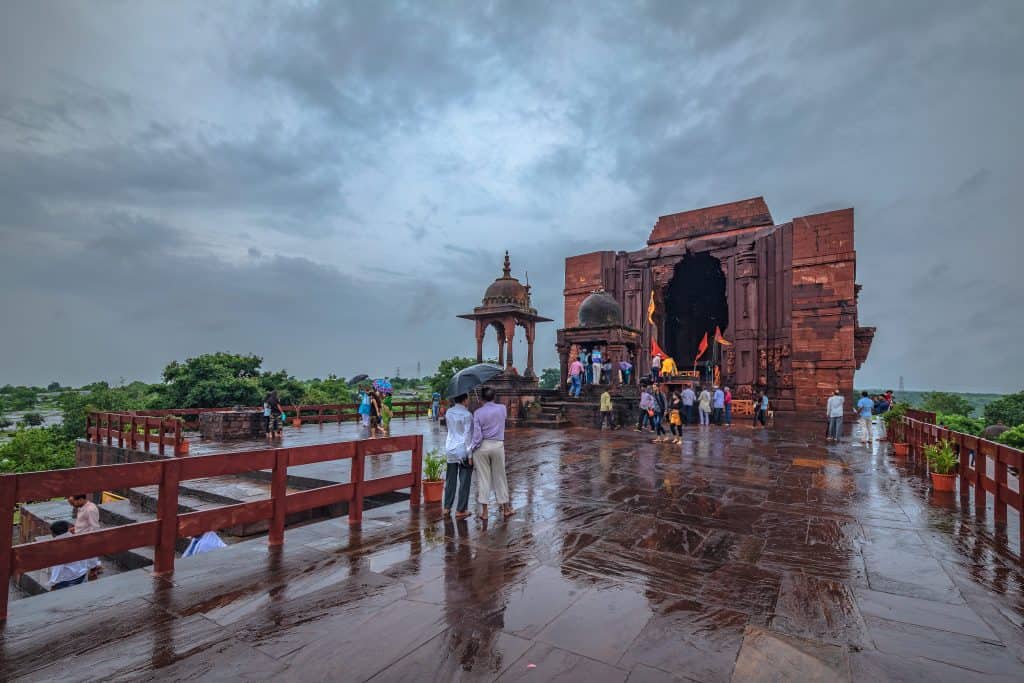
The 7.5-foot-tall stone Shivling sits atop a 21-foot-high platform. The shivling’s circle is approximately eighteen feet wide. An iron staircase provides worshippers with easy access to the sanctuary. The temple’s significance lies in the size of the Shivling’s building.
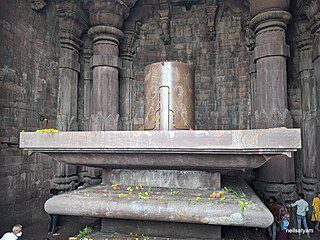
The Bhojpur shivling is made up of three stacked limestone blocks. Four pillars support the massive 40-foot-tall stone dome, holding up the spectacular temple. The ground floor has eight corners and is guarded by two impressive idols. Looking towards the northeast corner, you’ll see the temple’s numerous stone carvings adorning its pillars, dome, and exterior.
The National Tourism Award (2013–14) for ‘Best Maintained and Disabled Friendly Monument’ was given to the temple in 2015. A large number of people visit the temple on Maha Shivaratri. Every year, around this time the venue hosts the Bhojpur Utsava, a cultural event. This all makes it an attractive site to visit and gather some lifetime memories with family and friends.
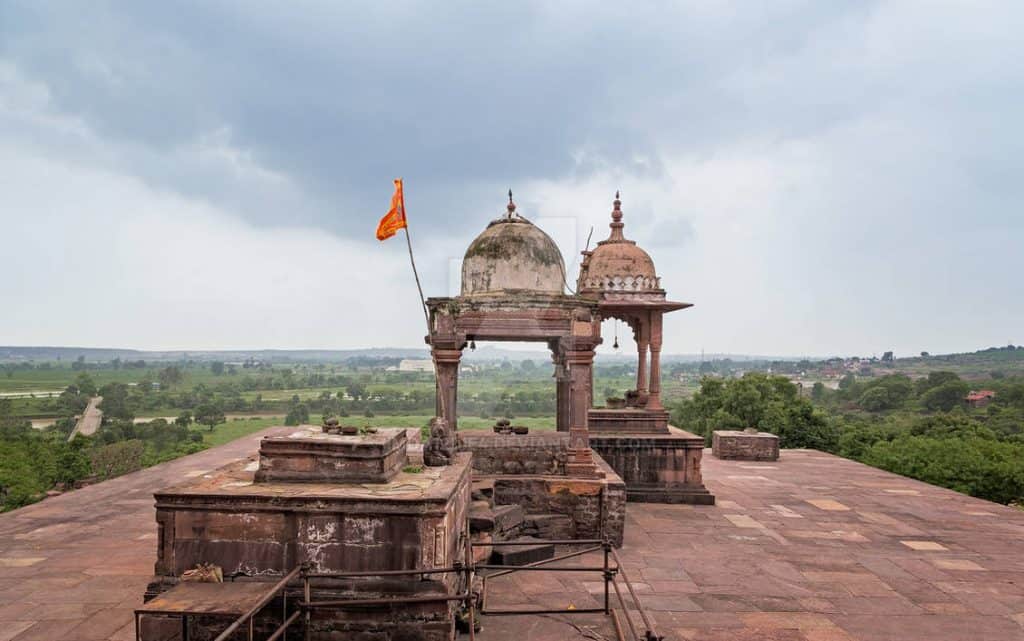
The Madhya Pradesh Tourism Board has made a serious effort to promote destinations like Bhojeshwar Temple on national as well as international platforms leading in the increased awareness about the destination among the visitors.
The nearest Railway station to Bhojpur Madhya Pradesh is Bhopal (29 km), therefore the nearest airport is Raja Bhoj Airport (50 km).
Here are some lesser-known facts about Bhojeshwar Temple, Madhya Pradesh:
Unfinished Masterpiece: Though the temple remains incomplete, its grand scale and intricate design reflect the vision of King Bhoja, showcasing the ambition of ancient Indian architecture.
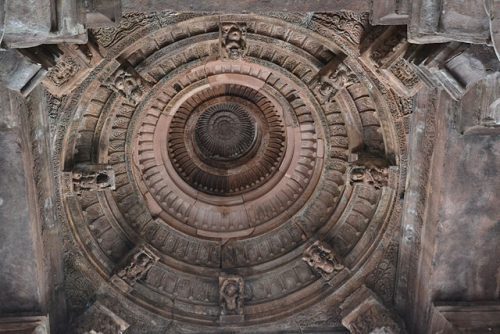
Architectural Wonder: The temple is built without the use of mortar, with the stones skillfully interlocked to create a strong, durable structure that has withstood the test of time.
Largest Shiva Linga: The temple houses one of the tallest Shiva Lingas in the world, standing at 7.5 feet high, making it a unique site for devotees of Lord Shiva.
Mysterious Abandonment: The reasons for the temple’s incomplete state remain a mystery. Some believe that political unrest or financial constraints during King Bhoja’s reign halted its construction.
Perfect Proportions: The temple follows traditional Vastu Shastra and Shilpa Shastra principles, with its proportions designed for aesthetic and spiritual harmony, even though it remains unfinished.
Sacred Geometry: The temple’s layout is based on precise geometrical patterns, showcasing the advanced knowledge of mathematics and engineering during ancient times.
Site of Lost City: Bhojeshwar Temple is believed to be part of a larger city, Bhojpur, which was once a thriving centre during King Bhoja’s reign but now lies in ruins.
Maha Shivratri Celebrations: Despite being incomplete, the temple is a major pilgrimage site, especially during Maha Shivratri, when thousands of devotees gather to worship Lord Shiva at this awe-inspiring location.
Read more: Latest



